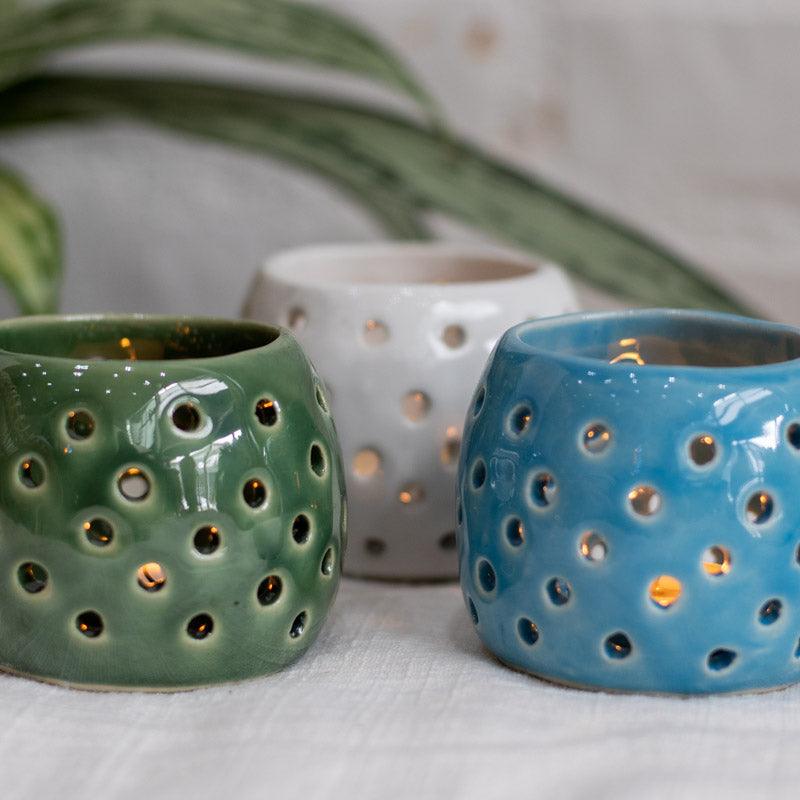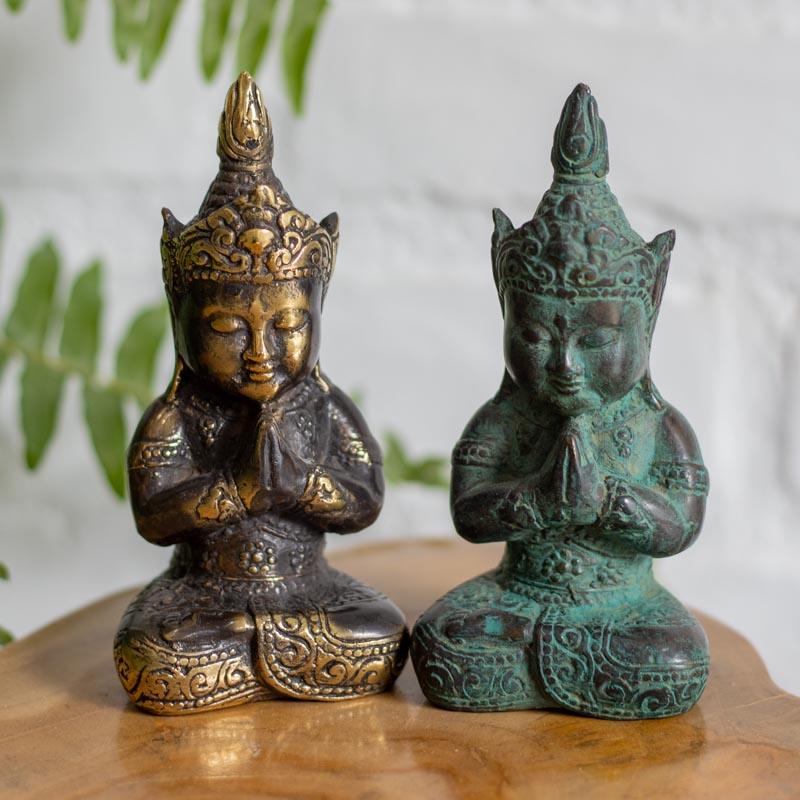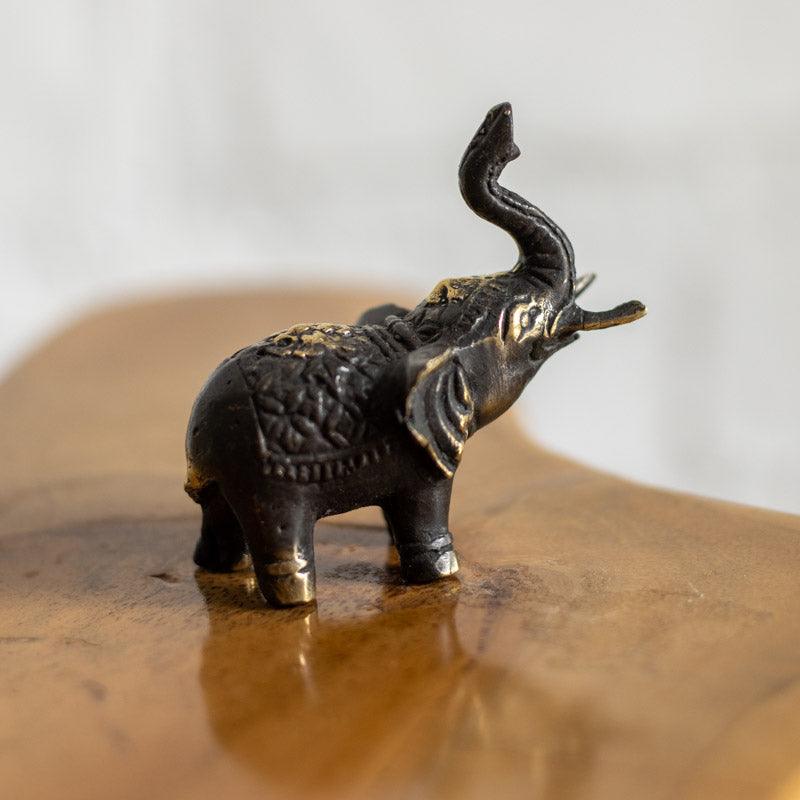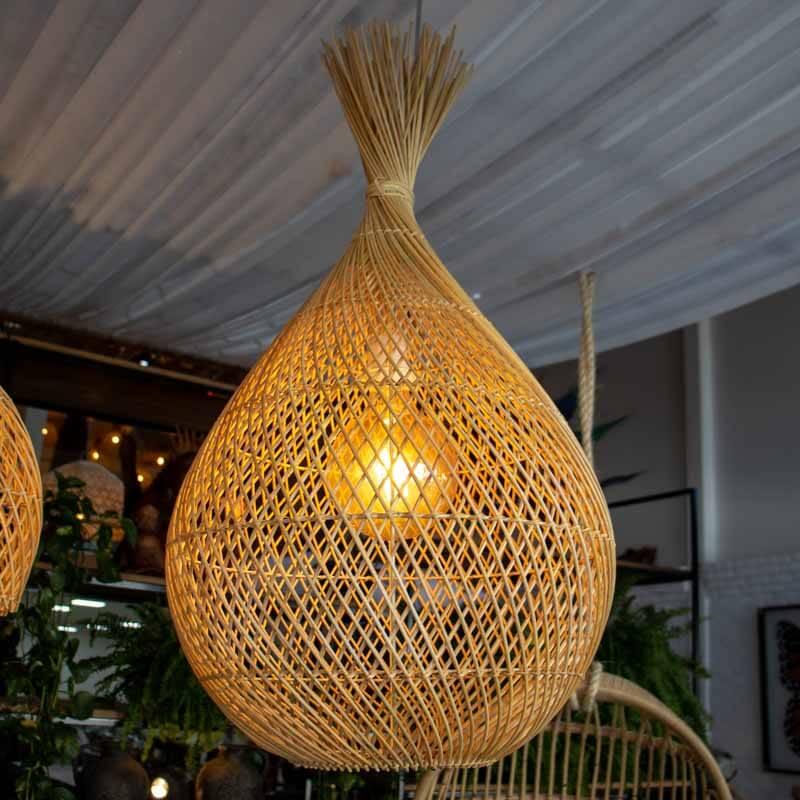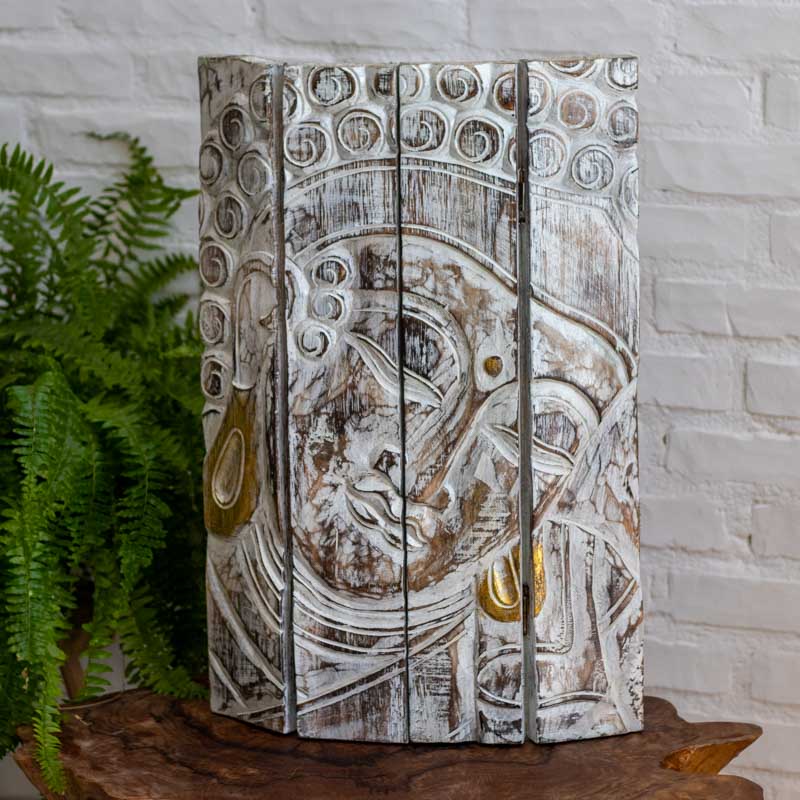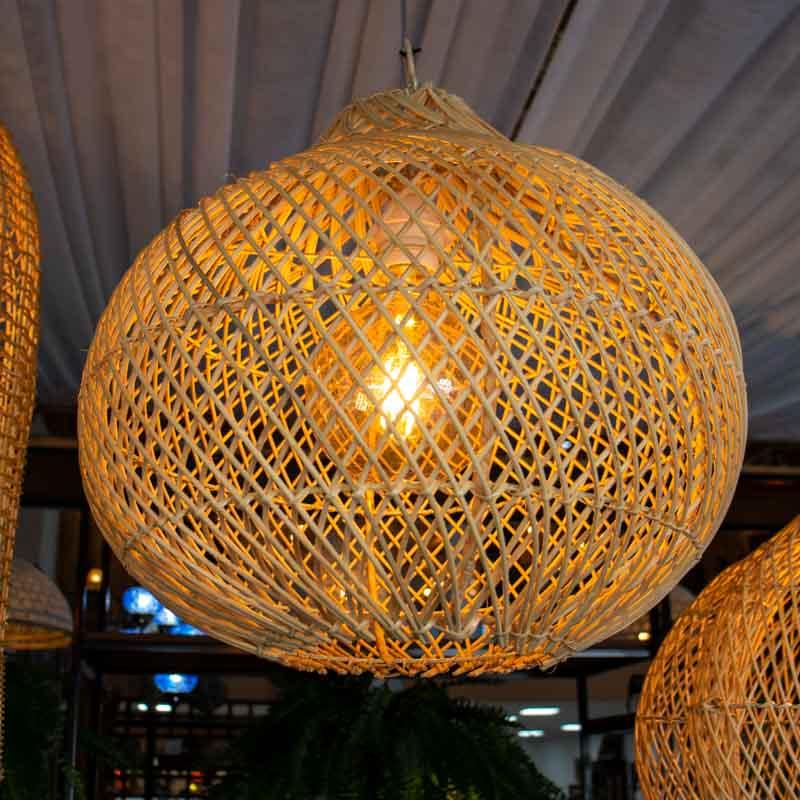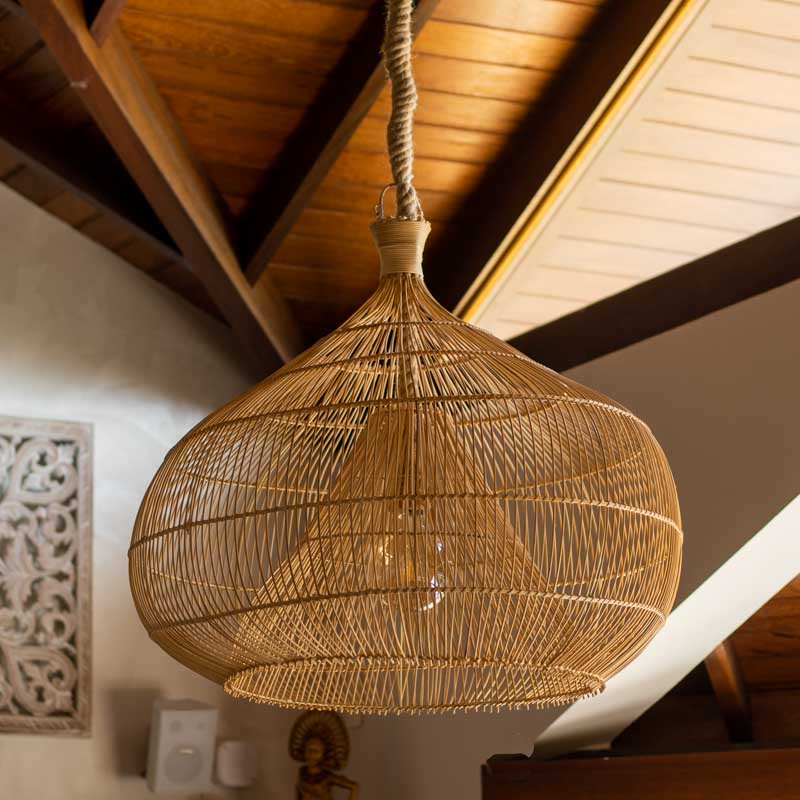Indigenous artistic production has always been a guide to understanding the history and culture that underlies the origin of a certain people. And with each new research this ancestral art proves to be diverse, sustainable and extremely rich - stylistically and conceptually. Brazilian indigenous art , in turn, does not escape this perspective and exposes the beliefs and manifestations of each ethnic group as cultural riches.
The unique aesthetic linked to the mysticism of this Brazilian handicraft arouses interest and places it as a differentiating element in the decoration of the environment. This is the art of tapajônica ceramics , vestiges that characterize the cultural heritage of the Tapajós indigenous tribe that inhabited the vicinity of the Tapajós river, on the edge of present-day Santarém, in Pará.
Brazilian crafts produced by the Tapajós Indians
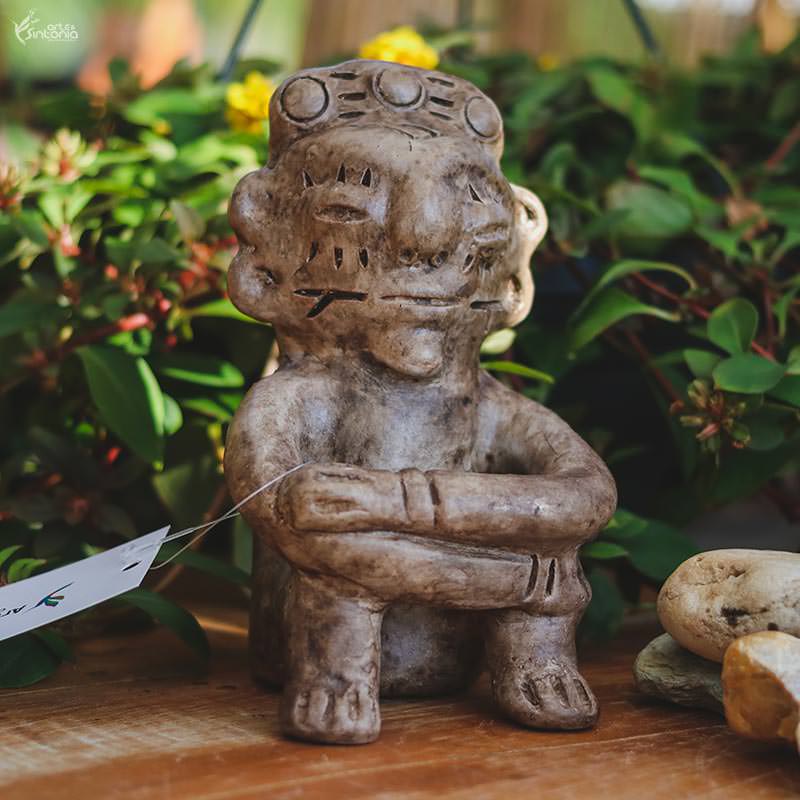
When observing tapajonic art in depth, it becomes simpler to understand that handicraft is not only the representation of the culture of a people, but also of their ideal of beauty and their perception of what inspiration is. Through it, it is possible to deduce that both man and the Amazonian fauna are the focus of art and ornamented ceramics . The style and advanced aesthetic notion of the Tapajonic craftsmen incite the possibility that they are descendants of ancient civilizations such as the Mayans and the Incas.
In the course of in-depth research, the American archaeologist Anna Roosevelt proved that some Tapajós ceramics (the only historical records of this indigenous group) were produced more than 6,000 years ago and that the development of the tribe along the Tapajós River took place around from 1200 BC. However, it was only in 1923 - almost 400 years after the decline of indigenous culture and the extermination of the ethnic group by "European whites" - that this artistic manifestation was spread throughout the world by the ethnologist Kurt Nimuendajú .
Characteristics of Tapajonic ceramic art

The combination of clay and cauxixi (a type of sponge present in the region's rivers) promotes characteristics similar to porcelain in the handcrafted pottery , such as durability and lightness. Other particularities such as the high level of detail and realism of the pieces and the harmony of the decorative elements that reaffirm the sophistication of Tapajonic art refer to the excellence of Chinese ceramics and Baroque art.
Tapajós ceramics , especially vases and funerary urns , had specific purposes for storing food, drinks and ashes to be used during festive and religious ceremonies. In some indigenous rituals, the ashes of family members, for example, were incorporated into fermented corn or rice drinks to be ingested.
Among the pieces, the caryatids vase stands out, marked by the base supported by three female figures and abundant plastic decoration; and the neck vase with elaborate anthropozoomorphic elements in the spherical bowl. These details reveal the figure of animals native to the Amazon such as some birds, alligators, jaguars and snakes in synergy with human features similar to those represented in Andean culture.
Tapajós legacy for the artisans of Santarém

The ceramic art produced by the Tapajós indigenous tribe also includes a variety of anthropozoomorphic figurines - sometimes hollow like pots and sometimes solid - and famous sculptures such as the Muiraquitãs . This legacy of the Tapajós Indians has a cultural identity faithfully preserved by the Santareno artisans , which is why it is also known as Ceramics from Santarém or Ceramics Santarena.
Tapajonic pottery was transformed into an official reference for commerce, crafts and culture in Santarém . The cultural heritage is maintained by local artists, museums such as the João Fona Cultural Center and projects to revitalize production techniques, such as the “Iconografia Santarena Rescue Project” by the Faculdade Integrada do Tapajós , which aims to recover the original traits created by the tribe. .
Tapajônica indigenous sculpture as interior decoration

The decorative sculpture inspired by the ceramics of the Tapajós Indians impresses with its stylistic uniqueness and takes the concept of beauty to another level. They are true artistic expressions that enhance environments, impact decoration and encourage the preservation of our indigenous roots through the hands of Santarém artisans.
Like most Brazilian handicrafts of this origin, Tapajonic clay sculptures are sold in Manaus and distributed throughout Brazil by stores specializing in decorative arts such as Arte & Tune . Each clay handicraft - a faithful reproduction of the ancient decorated pottery of the Tapajós - makes evident the exclusive style of the artistic heritage left by the Brazilian Indians.
Be sure to check out the wealth of pieces available in the online and physical store !
Namaste!
Milene Sousa - Art & Tune



